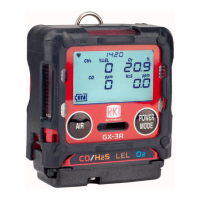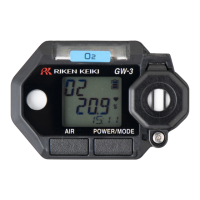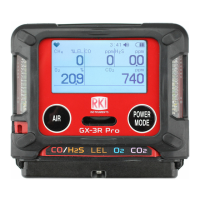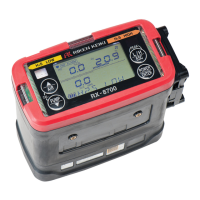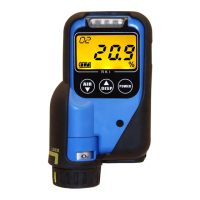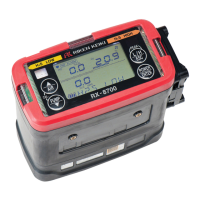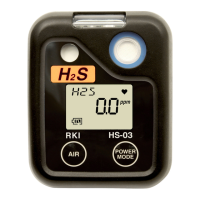What to do if Riken Keiki Monitor shows low battery voltage alarm?
- MMonique TateJul 28, 2025
If your Riken Keiki Monitor displays a '' message, it means the battery level is low. To resolve this, turn off the power and charge the battery in a safe place where the ambient temperature is between 0 °C and +40 °C.
